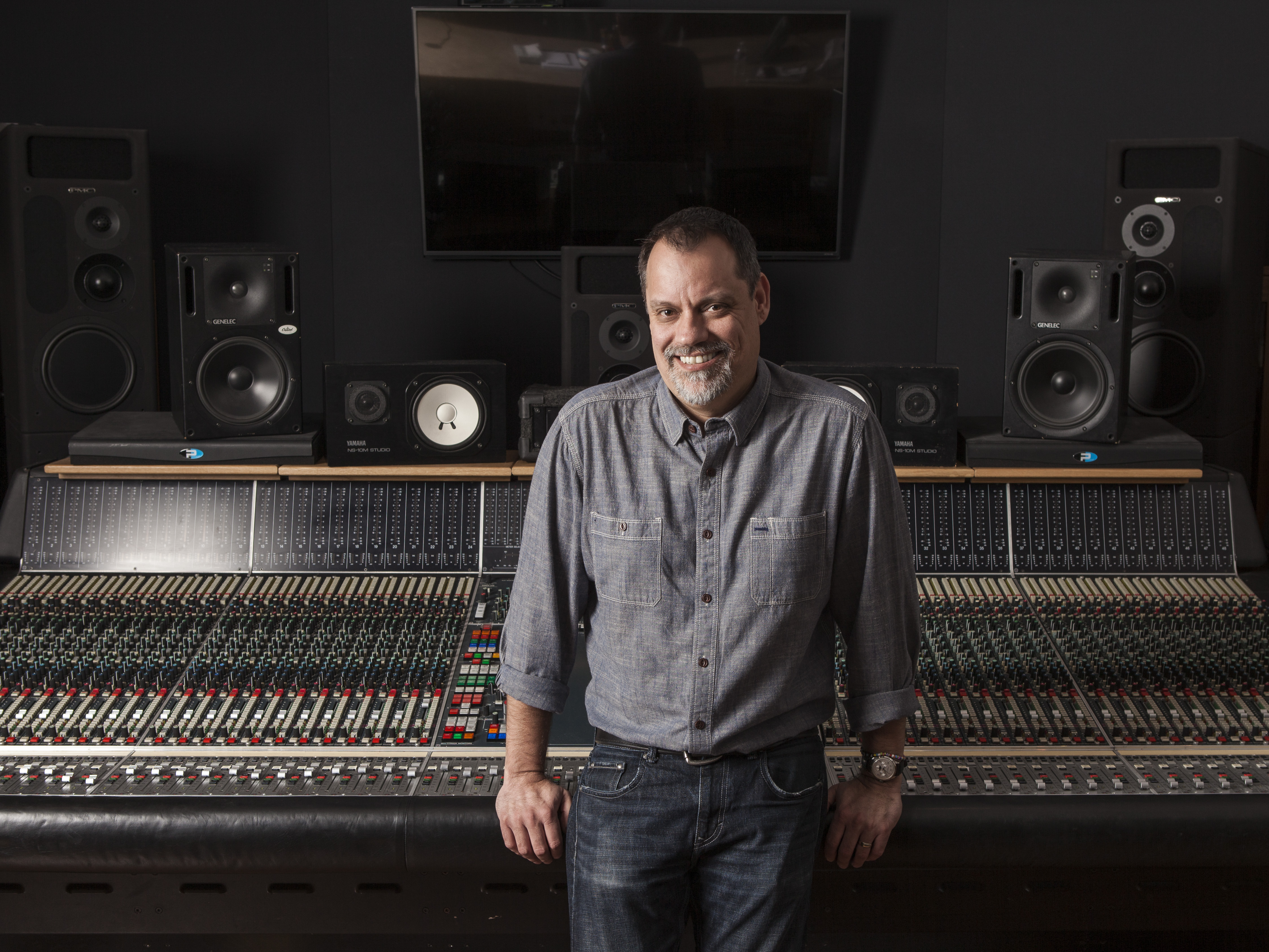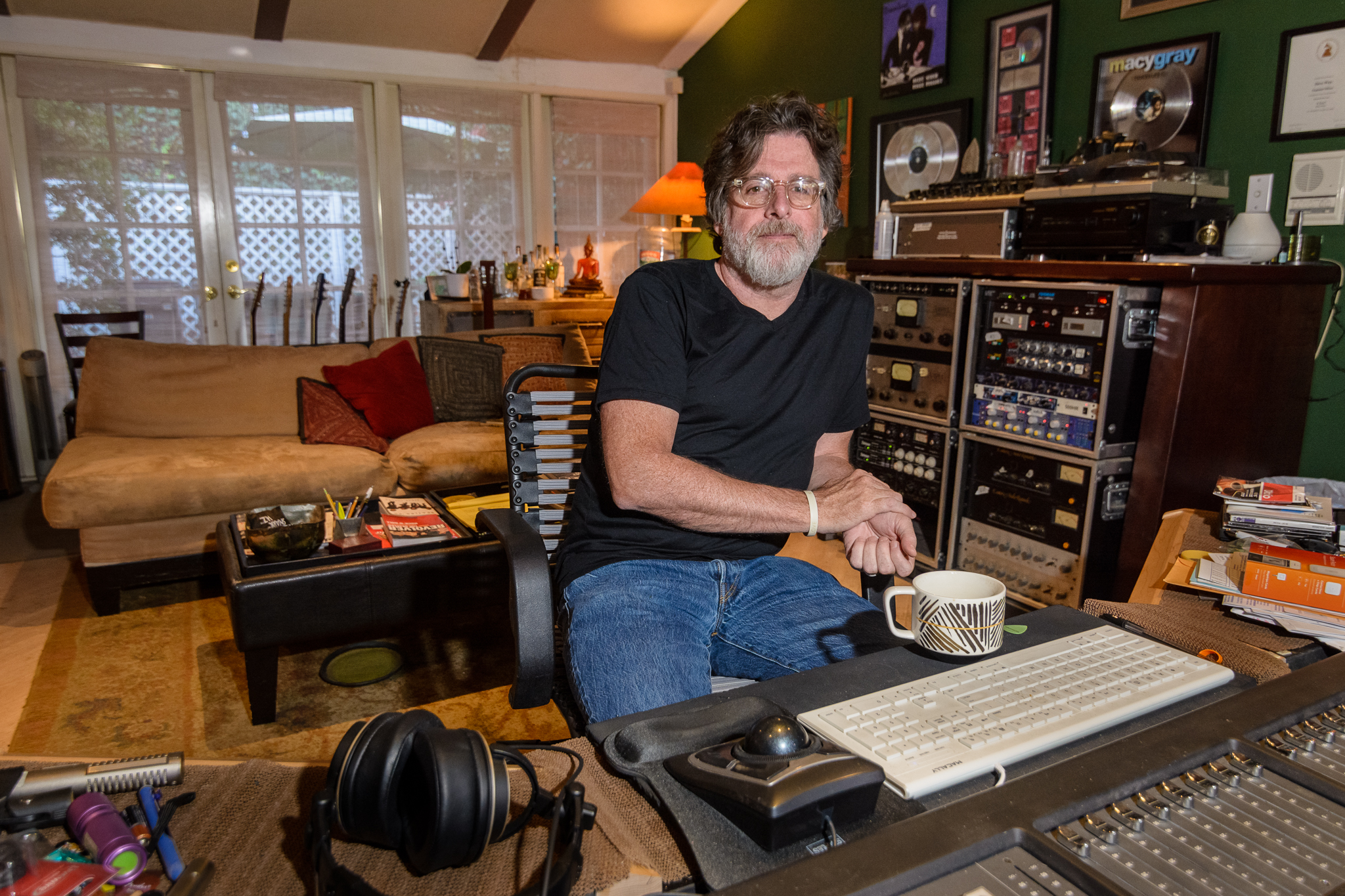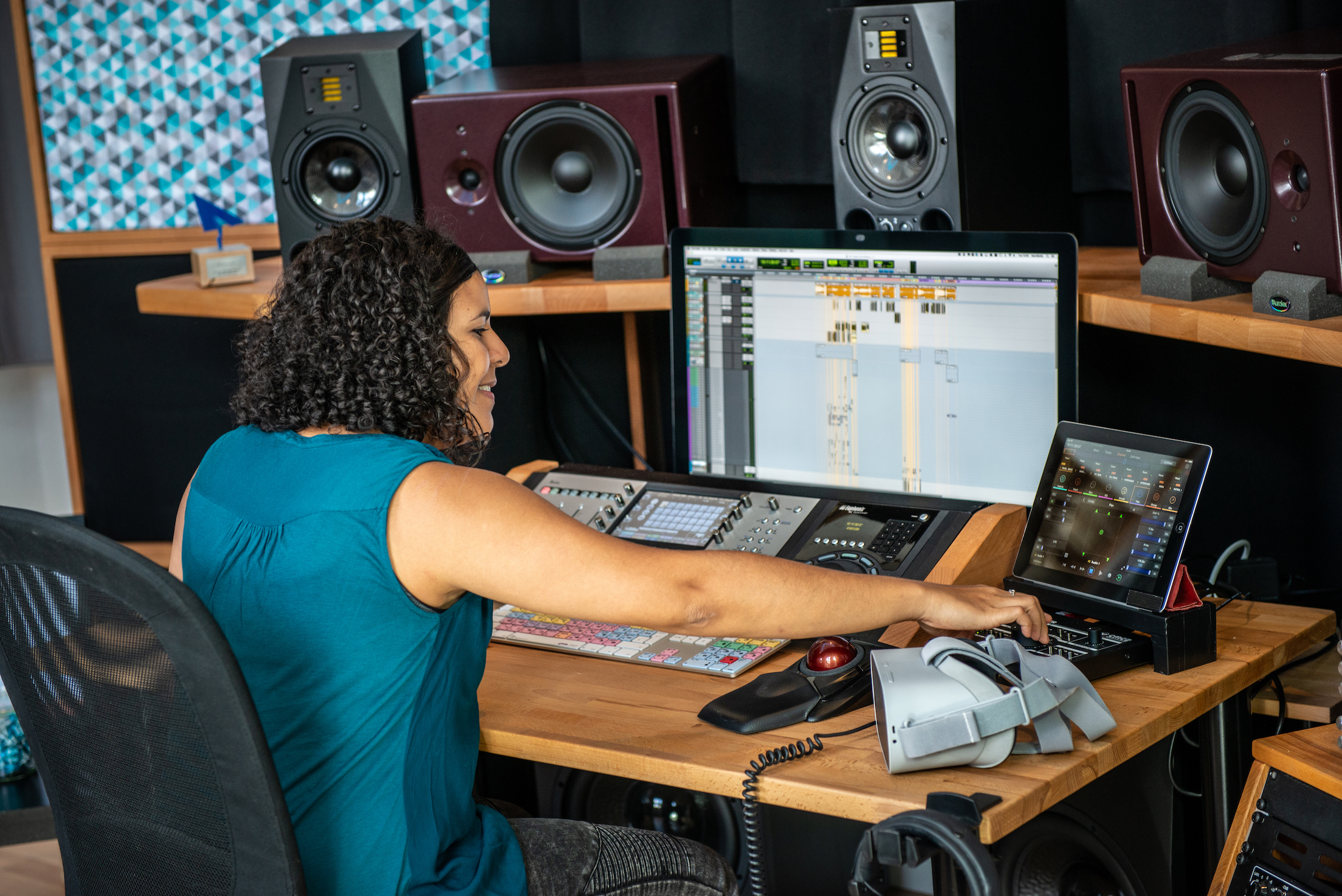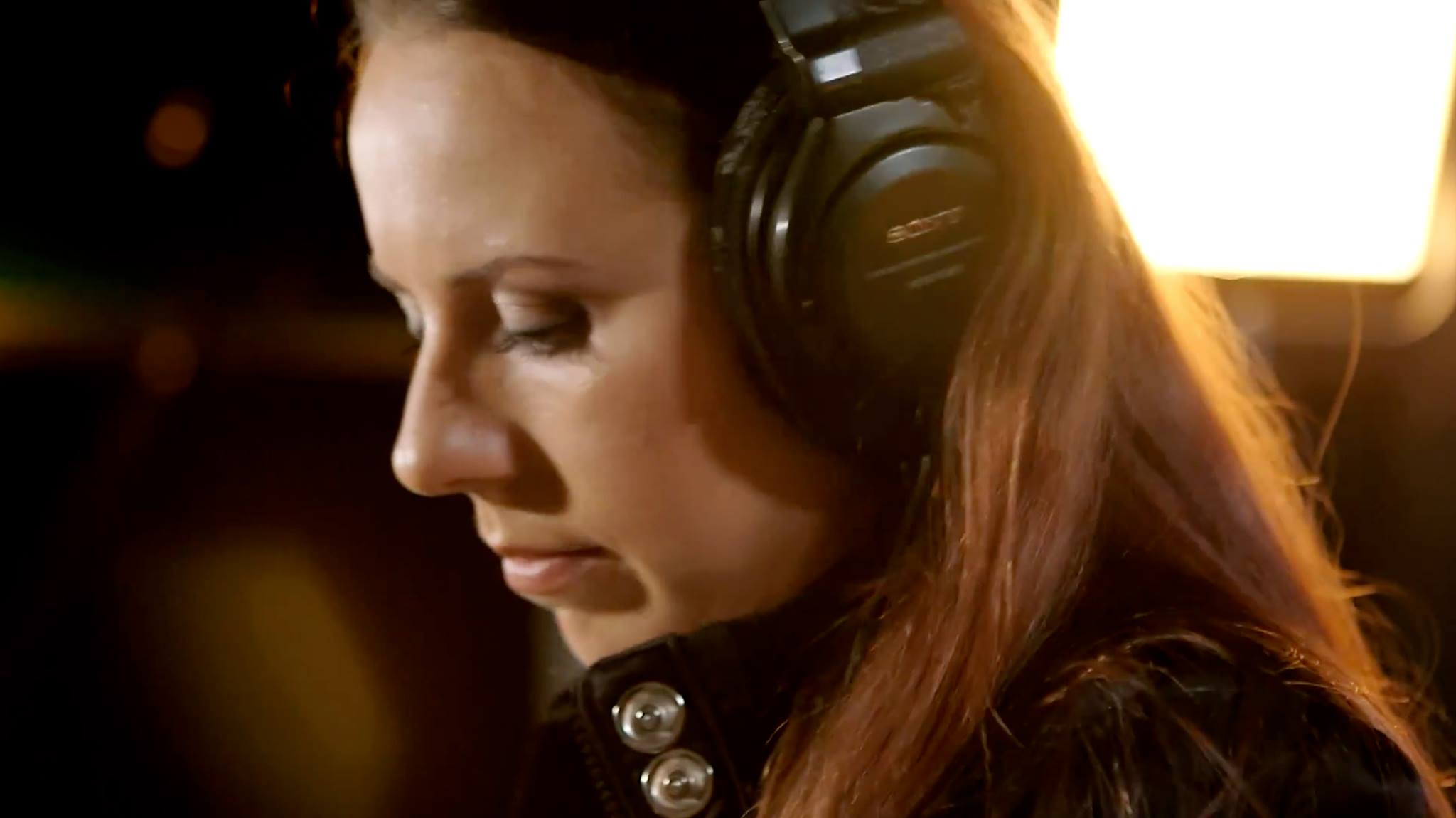In just a few short years, Dolby Atmos playback has evolved from select high-end theaters, all the way to popular consumer electronics, home cinema systems, video games, and, soon, even cars. Headliner recently chaired a panel discussion with four experts in the field of immersive audio to reflect on how far the various formats have come, and to look at trends across the music and entertainment industries.
On the panel were Dave Way, a four time Grammy award-winning producer and recording engineer who has worked with Michael Jackson, Spice Girls, Beck, Eric Clapton, Neil Young, Paul McCartney, Mick Jagger and Gwen Stefani, and Grammy-nominated recording engineer Steve Genewick, whose credits include working on records for LeAnn Rimes, Bob Dylan, Mary J Blige and Elton John.
Joining them were two members of the Abbey Road Spatial Audio Forum, Ana Monte, a sound designer with a focus on immersive audio and virtual reality, and Anastasia Devana, an expert in immersive audio.
How does Dolby Atmos heighten the listening experience and immerse the listener?
SG: I like to say it's surround sound that actually works. It really opened up huge possibilities in what we could do with music and how we could use the system to literally immerse the listener inside of the song. It's a more compelling way to suck you in, for lack of a better term.
AM: The coolest thing about immersive audio is how you change the POV. You're not outside anymore; you're in the story. You're in the music, if you will.
Steve was tasked with up-mixing a lot of UMG and Capitol’s back catalogue into an immersive format. What were the challenges?
S.G: UMG came to us at Capitol Studios and they said, ‘You guys have got to build a Dolby Atmos room’. And we said, ‘why would we want to do that?’ They said, ‘just build it, we're gonna mix music!’ We took our studio CR/mix room and retrofitted it for Atmos, and it turned out great. Basically, I had to just figure it out.
I had mixed in 5.1 and I've done movie scores, so surround formats were not completely foreign to me. Luckily, Atmos was integrated into Pro Tools very recently before that, but then it was just me sitting in a room trying to figure out how to make this work and how to make sure that I was mixing a record, and not a Dolby Atmos demo.
I had to figure out how to make reverb work and how to get what we do as music mixers into this immersive format.








